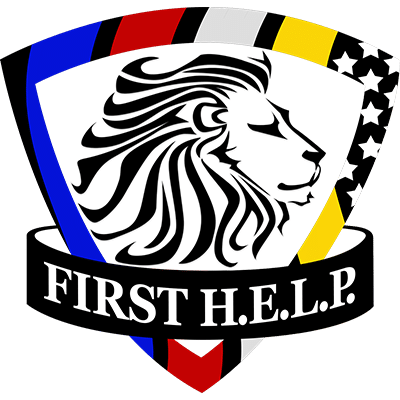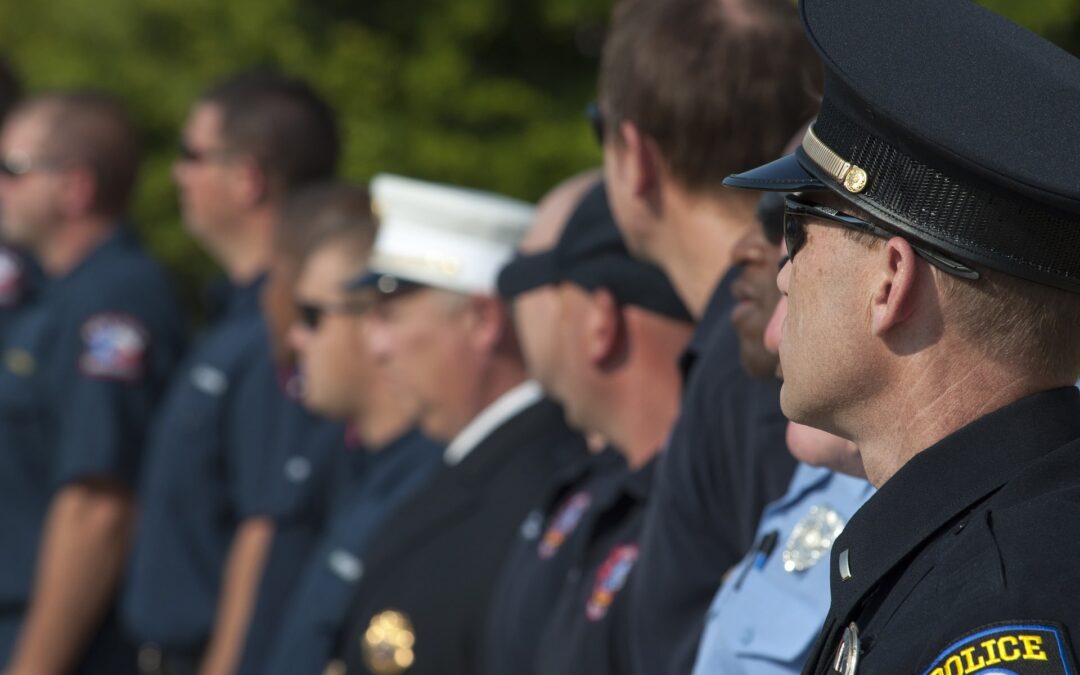September 11, 2021
It is popular amongst first responders to use thin colored lines usually displayed as flags or stickers to represent their chosen profession, but what do they mean and where did they come from?
The first known use of a “Thin Line” reference was “Thin Red Line” and it had nothing to do with first responders at all. It was during the Crimean War in the 1850’s when the British used the term to describe the Scottish Highlanders wearing red uniforms as the “Thin Red Line” while holding the line against attack.

The Thin BLUE Line
Fast forward 100 years and Police Chief Bill Parker of LAPD adopted the phrase the “Thin Blue Line” in relation to Law Enforcement and the color of their uniforms. The Thin Blue Line symbolizes the mission of officers to serve and protect society from those that would undermine our laws. Learn more about how we support the thin blue line at www.bluehelp.org.
The Thin RED Line
Firefighters quickly adopted the “Thin Red Line“ as a symbol of their profession. The Thin Red Line symbolizes the duty of firefighters to save lives and protect property from natural and manmade disasters. Learn more about how we support the thin red line at www.redhelp.org.
The Thin WHITE Line
Emergency Medical Services adopted the “Thin White Line” usually seen against a black or blue back drop. The Thin White line symbolizes the battle between life and death that occurs on the streets during a medical emergency. Learn more about how we support the thin white line at www.whitehelp.org.
The Thin GOLD Line
911 Public Safety Telecommunications or Dispatch selected the “Thin Gold Line” to exemplify loyalty and trust to all First Responders who rely on them for information and help in chaos and is termed “Truly Gold”. Learn more about how we support the thin gold line at www.goldhelp.org.
Other professions have adopter their own “Thin Lines” as well such as Military, Corrections, Security, Nurses and Doctors.
The “Thin Line” symbols themselves help others that work in the field to identify one another and are often displayed by those who have served in their respective fields from active to retired members. Some are displayed in memory of those who have lost their lives “In Line of Duty” and those who have lost their battle to suicide related to the repeat exposure of traumatic events.
If you see one of these services members take the time to talk to them and find out more about their profession. You may make that difference in their day and help them decompress from the stresses they carry. This is such a cliché’ statement, but thank them for their service. These men and woman do not get thanked enough for what they endure day in and day out. Remember First H.E.L.P.’s campaign to make a difference to H.E.L.P., (Honor, Educate, Lead, Prevent) the hashtags #IWILLTALK and #IWILLLISTEN will go a long way with these individuals who serve as First Responders.
Francis McGill, Paramedic —

